ACL Injury: How to Reduce Your Risk
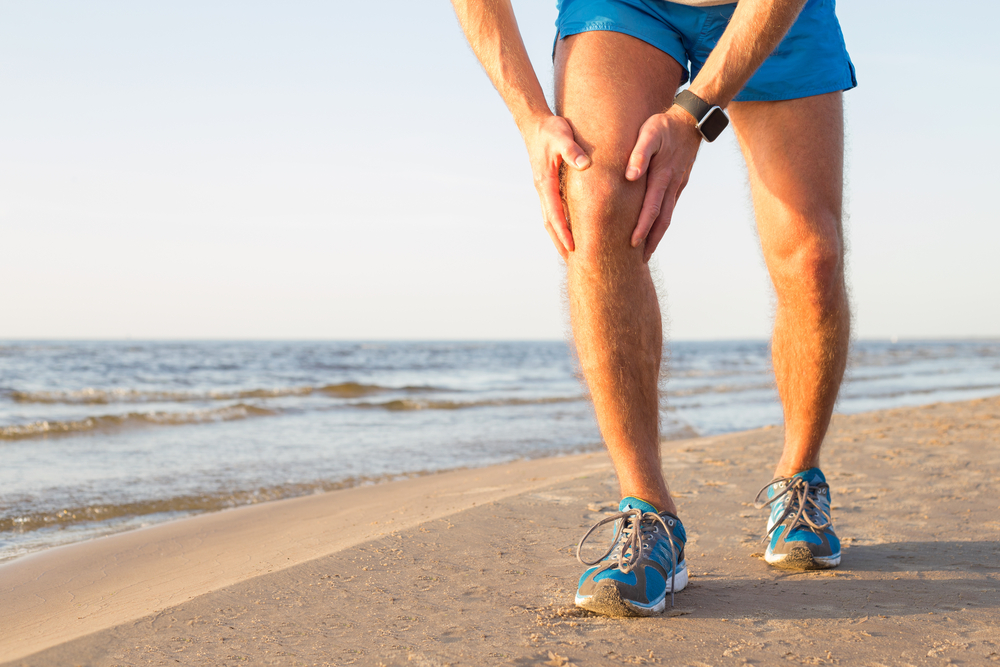
An ACL injury is arguably the most feared injury for any athlete. With advances in medicine, an ACL injury is no longer a career ending injury, however, the recovery is still a rather long an arduous process. Although an ACL injury cannot be fully prevented, there are several ways you can decrease the risk for injury.
Tips for Reducing Your Risk of ACL Injuries
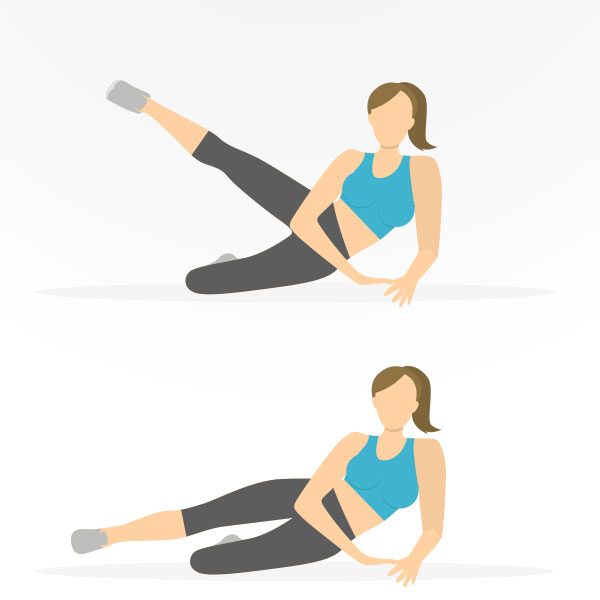
1. Optimize Mobility
Staying mobile is a very important part of curbing the possibility of an ACL injury. By increasing ankle and hip mobility you can help decrease the possibility for an ACL injury. Having mobility in your hips and ankles will help reduce the stress through your knees while exercising. To increase mobility in your hips you can complete hip extension, flexion and rotation exercises.
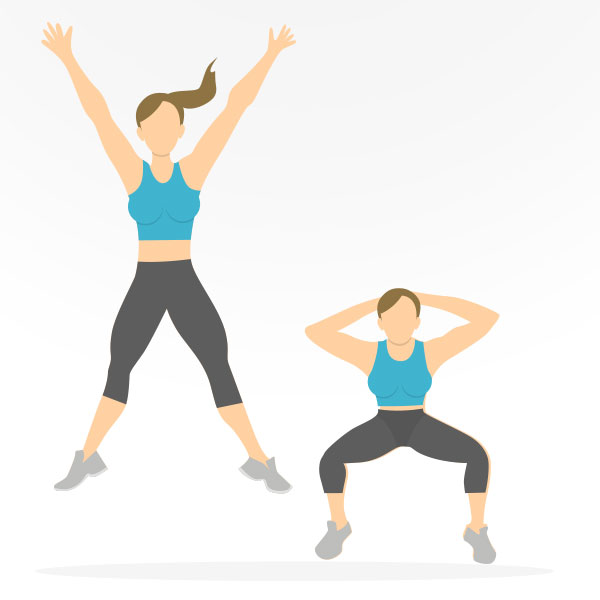
2. Learn How to Land
Whether is be on one leg or both, landing can be a major factor in any ACL injury. Knowing how to properly land is vital in trying to prevent an ACL injury. When an athlete lands, their body absorbs 7-10 times their body weight in forces from the ground. These ground forces and lead to excess stress on the knees, specifically the ACL. By learning how to absorb these forces properly when landing, the risk of an ACL injury can be reduced greatly.
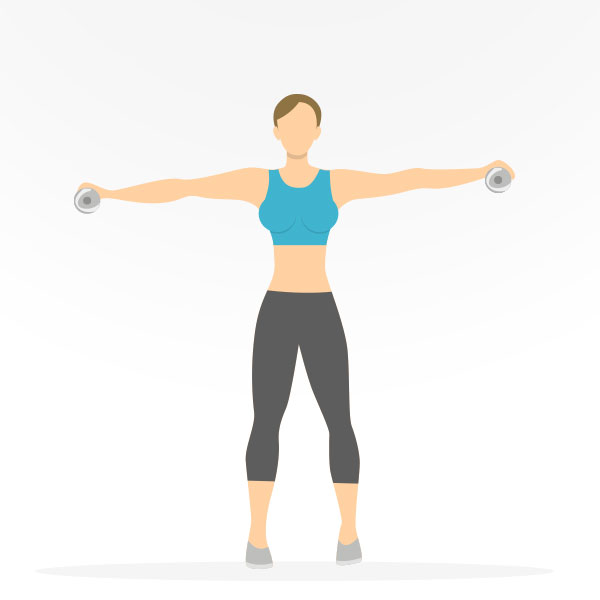
3. Achieve Symmetry
Having asymmetry can also lead to an increased risk of ACL injuries. Doing more exercises with your left leg than your right leg can lead to asymmetry. You do not want to have this imbalance of strength, flexibility or mobility. Gross Asymmetry can increase the risk for ACL injury by 3-17 times. Asymmetry is actually normal. Everyone has natural asymmetries from right to left, however, once the relative symmetry becomes gross symmetry and one side of you becomes stronger than the other, your risk for injury increases.
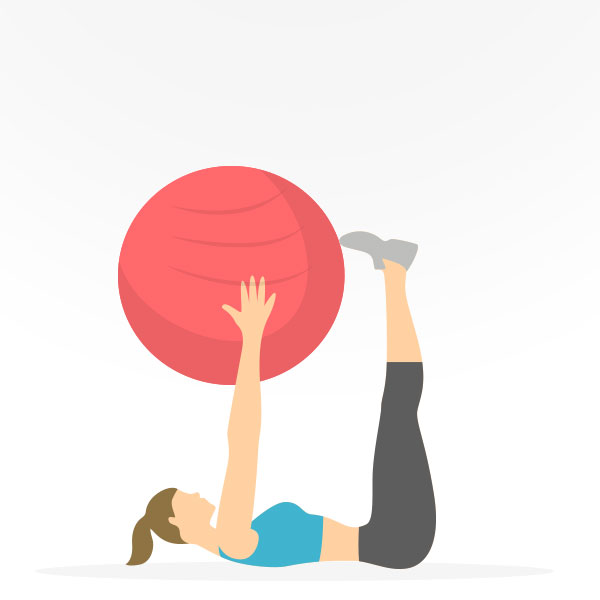
4. Enhance Core Stability
Having a strong core is very important and vital to a stable base for the pelvis, hips, knees, ankles etc. If you lack a stable base, you can create instability and a risk for injury up and down the kinetic chain. The lack of stability can allow unwanted stress on the knees and again increase the risk for injury.
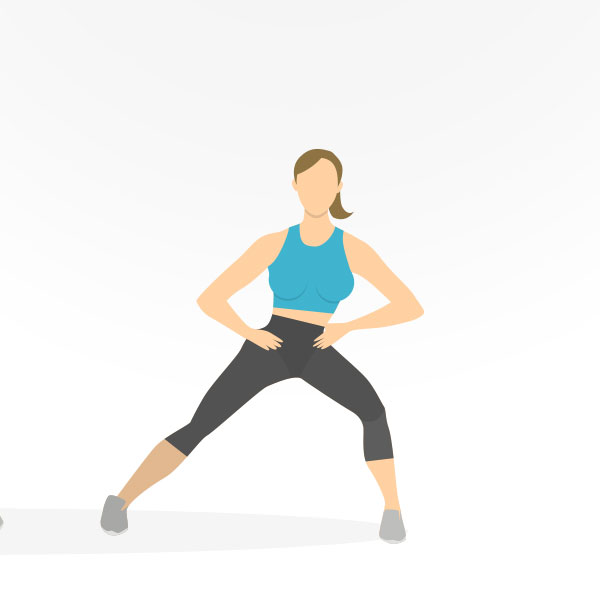
5. Learn How to Decelerate
Athletes not knowing how to properly decelerate or even change direction are contributors to ACL injuries in athletes. In order to avoid an ACL injury on the field or court, knowing how to stop and change direction are crucial to staying off the disabled list. All fast cars have really good brakes! An athlete should think the same. Not only should an athlete work on their speed and acceleration, they should also work on their deceleration and their change of direction. Hockey stopping should stick to hockey, planting your feet and twisting to stop and change direction is the most common mechanism for ACL injuries. By taking the steps to strengthen everything mentioned above and learning how to decelerate and change direction can decrease the probability of injuring your ACL.

